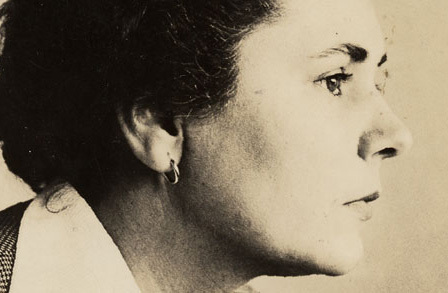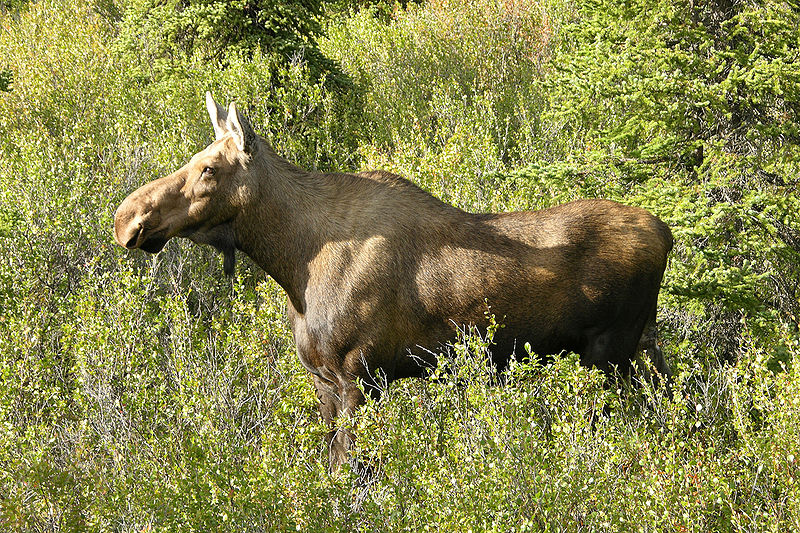The thread that tied these texts together was James Joyce's modernist notion of the epiphany, an aesthetic philosophy that he develops in Stephen Hero.
The three things requisite for beauty are, integrity, a wholeness, symmetry and radiance.
--James Joyce, Stephen Hero (1944)
- The object is understood as a discrete entity that stands apart from the rest of the universe. Its integrity or wholeness becomes an object of meditation.
- The object is understood as being perfect in its own kind. Its symmetry and beauty are considered.
- The object's "soul" leaps out to the observer. It offers the viewer an epiphany in its radiance.
It's also useful to contrast the model of "epiphany" to what Carter-Bresson calls the "decisive moment" in photography:
To me, photography is the simultaneous recognition, in a fraction of a second, of the significance of an event as well as of a precise organization of forms which give that event its proper expression.
Henri Cartier-Bresson, The Decisive Moment (1952)
We can see this idea of the revelatory instant--whether its an epiphany or a decisive moment--at work in Woolf's novel in many ways: Clarissa shopping at Bond Street, Septimus waking up from his hallucinations to find Rezia making a hat, Peter looking at Clarissa and feeling excited and comforted that Clarissa simply exists just so, etc.
She had the oddest sense of being herself invisible; unseen; unknown; there being no more marrying, no more having of children now, but only this astonishing and rather solemn progress with the rest of them, up Bond Street, this being Mrs. Dalloway; not even Clarissa any more; this being Mrs. Richard Dalloway.
Bond Street fascinated her; Bond Street early in the morning in the season; its flags flying; its shops; no splash; no glitter; one roll of tweed in the shop where her father had bought his suits for fifty years; a few pearls; salmon on an iceblock.
--Virginia Woolf, Mrs. Dalloway
The epiphany is apparent also in Bishop's three poems.
In the second poem, "The Filling Station," a narrator meditates on the material objects of a family-run gas station shifting her perspective so that she stops thinking of the place as a "dirty" place of business and begins thinking of it as a home where people live and love. There is a wonderful recording of Bishop reading her poem at this website. In her recitation, Bishop calls attention to a central question in her poem: does the narrator show a lazy sense of complacency, or is this a profound moment of empathy and connection across class boundaries?
In the third poem, "The Moose," a narrator moves from a hazy-dreamlike state into a sudden shock of reality when her bus trip through New Brunswick is interrupted by a moose crossing out of the fog into the street. This one is harder than the others because the moose itself is a complicated symbol in the poem: she is ugly and smells bad, but she somehow makes all the passengers on the bus feel a sudden sensation of joy.
The decisive moment differs from the epiphany in that the important gaze comes from the perspective of the photographer and not from our perspective as viewers. In other words, the image is “decisive” because Cartier-Bresson has decided to mediate it or frame it just so for his viewers. As such, it tells us just as much about Cartier-Bresson’s artistic subjectivity as it tells us about the “real” world. The image may cause us to have an epiphany, but it also expresses something about the world that Cartier-Bresson wants us to see. We could investigate Bishop's poems (or, indeed, Woolf's novel) from this perspective as well.
The following are my paper prompts for their paper related to these texts:
- Compare and contrast the “decisive moment” in one of Cartier-Bresson’s photographs to the moment of falling in Bishop’s poem “In the Waiting Room.” Think about how formal elements of the image and the poem structure a moment in time. What kind of philosophy of subjectivity emerges from Bishop’s poem, and does Cartier-Bresson suggest a similar philosophy in his photograph? How do you know and why does it matter?
- Compare and contrast Mrs. Dalloway’s contemplation of Septimus’ suicide with the speaker’s contemplation of the family who lives about the gas station in “The Filling Station.” How does meditating on another person’s suffering help these characters to think about their own sense of self? What kind of philosophy of subjectivity does that suggest?
- Compare and contrast the moose in Bishop’s “The Moose” to something that Oedipa finds during her quest in The Crying of Lot 49. Do these textual moments subvert the “modernist sublimity” that we talked about in relation to the concept of the epiphany? Why or why not?
- Consider one of the suspended instants in Mrs. Dalloway that we’ve talked about in relation to the “thusness” of a thing and compare it to a comparable moment in The Crying of Lot 49. For example, Oedipa ponders several kinds of objects such as stamps, obscure textual variants of the fictional Jacobean tragedy The Courier’s Tragedy, and pseudoscientific objects related to entropy and demons, etc. What different kinds of philosophies about subjectivity emerge in the modern and the post-modern texts as a result of a character’s meditation on these material objects?










 RSS Feed
RSS Feed